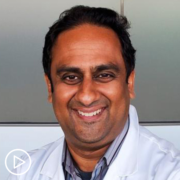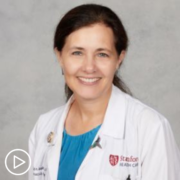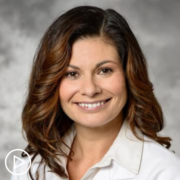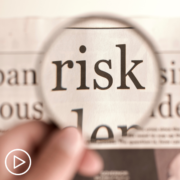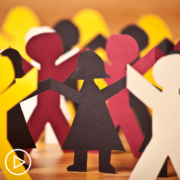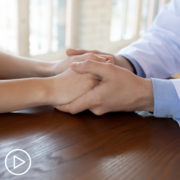How Can Equitable CAR T-Cell Therapy Access Be Increased?
How Can Equitable CAR T-Cell Therapy Access Be Increased? from Patient Empowerment Network on Vimeo.
How can CAR T-cell therapy access issues be reduced? Expert Dr. Sikander Ailawadhi from Mayo Clinic explains some common access issues that can arise for patient CAR T care and some ways that providers and patient advocates are raising awareness about support resources.
[ACT]IVATION TIP
“…from a patient’s standpoint and role, while institutions are trying their best to provide the care wherever they can, from a patient standpoint, understanding what might be the specific barriers in their case to get to CAR T and trying to get to an institution that has the resources to help overcome and mitigate some of those barriers would be very important.”
See More from [ACT]IVATED CAR T
Related Resources:

How Can Information Disparities on Emerging Therapies Be Addressed? |

|

|
Transcript:
Lisa Hatfield:
How can healthcare systems ensure equitable access to CAR T-cell therapy for all eligible patients, regardless of demographic or economic factors?
Dr. Sikander Ailawadhi:
Lisa, it’s an important question of how do healthcare systems, what role they can play in providing equitable access to CAR T-cell therapy or care in general. And I think it’s also important to figure out what is the patient’s role in this, in addition to the healthcare system’s role. So, there are some institution-specific things, I don’t want to say issues or problems or whatever concerns, but things that sometimes can be barriers or sometimes are non-modifiable. For example, the type of insurances that are accepted or sometimes, for cell therapy, insurance companies actually have preferred centers they want patients to go to. That happens for stem cell transplant, that also happens for CAR T.
And a lot of that happens based on how the contracts are kind of designed or contracts are negotiated between an institution and an insurance company, et cetera, et cetera. I’ll be very frank, a lot of those details are way beyond my pay grade, so I won’t be able to go into the specifics of that. But what I can say is, a patient may not be able to…based on certain barriers, certain criteria, a patient may not be able to access CAR T-cell therapy at certain centers.
For example, let’s say there’s a patient in the Jackson metro area where I am, and they would like to come to Mayo Clinic, but their insurance and Mayo Clinic are not compatible. The patient may not be able to come for cell therapy, but yeah, that patient may be able to at least seek a consult. And through that consult, we’ll be able to then either connect the patient with a different center or give them details about, “hey, you know what, why don’t you consider going to X, Y, or Z and get the treatment over there?” I’ll be very frank, unlike the general thoughts around, well, everybody wants the patient to only come to them, I think those of us who are clinicians, academicians, educators, researchers, we want the right answer for every single patient. Whether that patient comes to me, one of my colleagues in a different institutions, one of my “competitors” in a different institution, it doesn’t matter, as long as the right treatment is coming to the patient.
So I think if a patient is not able to get to a treatment like CAR T, they need to understand, “What is the reason? Why am I not being able to get into it? Is there a barrier for distance, resources, insurance, education, just caregiver support? Why is it that I’m not getting it?” There should be enough buzz around CAR T that everybody should say, “Well, am I a candidate? If not, why not?” And once we find out what is the problem, that can be addressed. We are working quite hard in trying to get some of those accesses around the patients and different groups of patients, making them more equitable.
So for example, we do provide every CAR T-cell therapy patient with a social work consult. That social worker’s job is to figure out what are these barriers for that patient. But I understand that’s for the patients who have already come through the door to seeing us. But if a patient is not able to come to us because of some reason, as an institution, we are also making some efforts in trying to get more awareness and education to patients who are not coming to us, but are say, going to other institutions.
We are setting up webinars, going to patient support groups, talking, doing programs like this so that the information can be disseminated far and wide and anybody and everybody can benefit from it. So my activation tip for this question is, that from a patient’s standpoint and role, while institutions are trying their best to provide the care wherever they can, from a patient standpoint, understanding what might be the specific barriers in their case to get to CAR T and trying to get to an institution that has the resources to help overcome and mitigate some of those barriers would be very important.
Lisa Hatfield:
Thank you. That is why patients appreciate you because you’re willing to do what it takes to take care of your patients, even if it means sending them somewhere else. That is a characteristic of an excellent physician.

